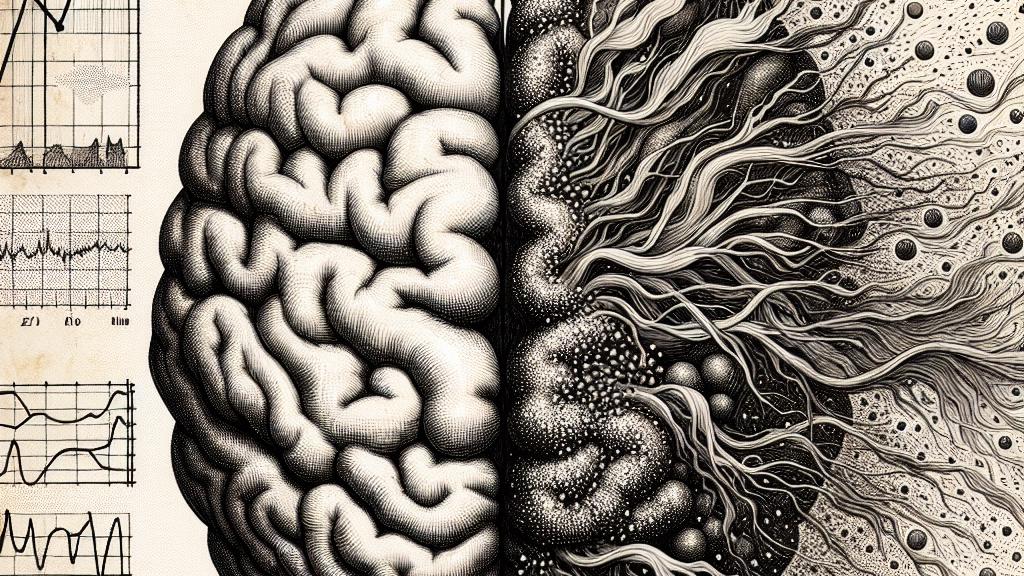Understanding the Health Risks of Microplastics in the Human Brain
Overview
- Recent research reveals a concerning surge in microplastics within human brains.
- These invisible invaders could have serious implications for cognitive health.
- Urgent investigations are essential to fully grasp the health risks posed by microplastics.

The Alarming Increase of Microplastics in Our Brains
A groundbreaking study from New Mexico has uncovered a shocking reality: microplastics are now infiltrating human brains in unprecedented numbers. Analyzing post-mortem brain tissues from individuals who died between 2016 and 2024, scientists found microplastic concentrations in brain matter to be an astonishing 7 to 30 times greater than those detected in other organs, including the liver and kidneys. Even more alarming, data from 2024 indicated a dramatic 50% rise in these tiny particles compared to earlier samples from 2016. This revelation not only signals an escalating environmental crisis but also begs the question: what are the potential consequences for our cognitive health as these plastics permeate our most vital organ?
Microplastics: A Hidden Threat to Health
Microplastics, tiny plastic particles measuring less than 5 millimeters, are stealthy intruders in our daily lives. They stem from a variety of sources, including the breakdown of larger plastic debris and synthetic fibers from everyday products. For example, research has shown that ordinary items like cosmetics and food wrappers can release these harmful particles into our environment. We unknowingly consume microplastics through contaminated food and drinks; studies have even detected alarming levels of microplastics in popular drinks like bottled water. Once inside our bodies, these particles can trigger inflammation and other severe health issues. Notably, recent findings indicate that brain samples from dementia patients contained microplastics at levels nearly six times higher than those without cognitive impairment, which raises the urgent question: could these plastic particles be eroding our mental faculties?
The Crucial Need for Further Research and Action
Given the increasing presence of microplastics in human brains, researchers are sounding the alarm about the urgent need for intensive investigations into their health impacts. Understanding how microplastics enter our systems, accumulate in our organs, and ultimately affect our health is crucial for future policy developments. Experts suggest that tackling the plastic waste crisis through innovative alternatives and stricter regulations could significantly reduce microplastic exposure. Imagine a world where clean oceans and healthy communities coexist—this vision could become a reality if we collectively address the issue. With growing evidence linking microplastics to cognitive decline and other serious health risks, immediate action is not just advisable; it is essential for safeguarding our health and well-being.

Loading...